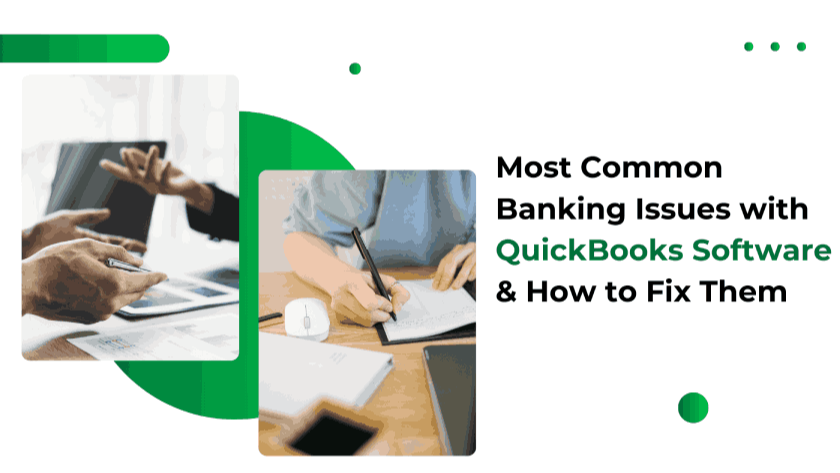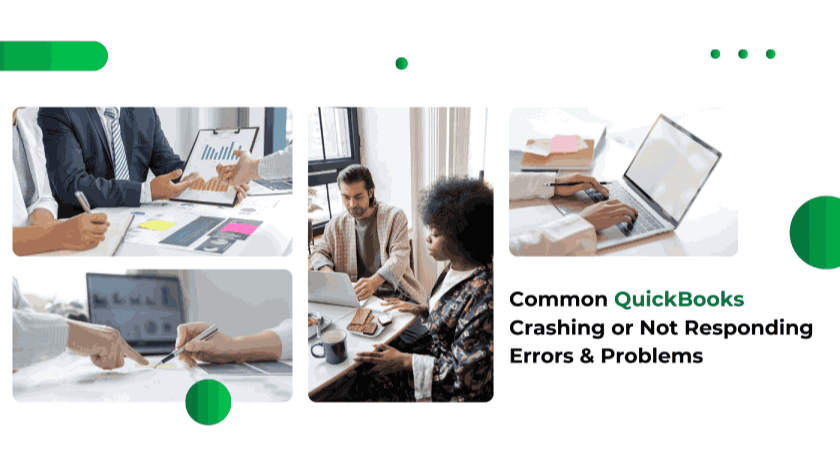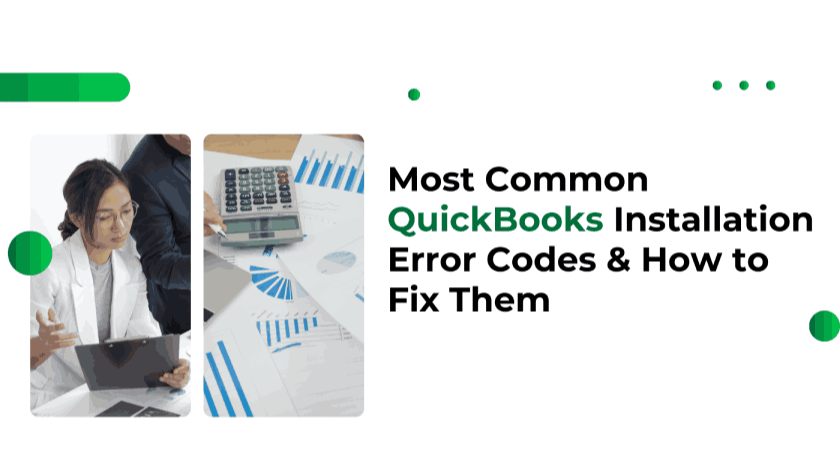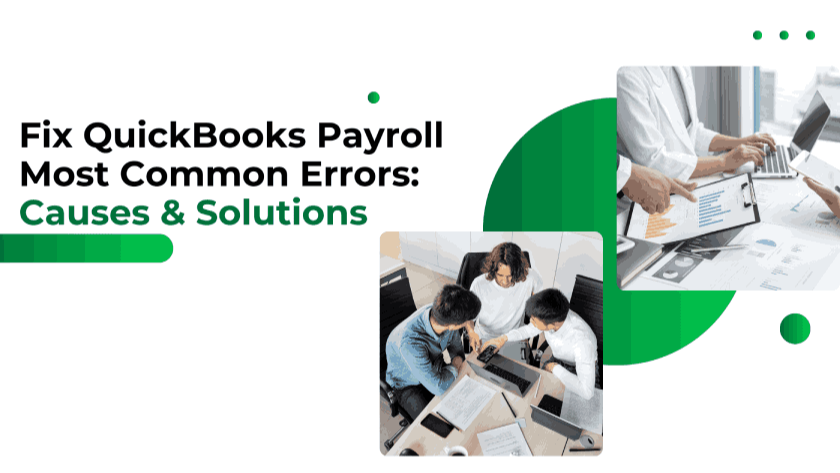Migrating from QuickBooks to Sage 50 is a crucial transition for businesses aiming to enhance their accounting efficiency and financial management capabilities. While QuickBooks is widely recognized for its ease of use, Sage 50 offers more advanced features, making it an excellent choice for growing businesses. This guide provides a comprehensive roadmap to ensure a seamless migration, helping you leverage Sage 50’s robust financial tools effectively.
Understanding QuickBooks and Sage 50
Before diving into the migration process, it is essential to understand the key differences between these two accounting platforms.
Overview of QuickBooks
QuickBooks is known for its user-friendly interface and basic accounting features, making it a preferred option for small to mid-sized businesses. It simplifies bookkeeping, invoicing, and financial reporting, catering to businesses that require straightforward financial management.
Overview of Sage 50
Sage 50, in contrast, is a more comprehensive accounting solution with advanced financial reporting, inventory tracking, and customizable workflows. These features make it an ideal choice for businesses that need in-depth financial analysis and greater control over their operations.
Why Migrate from QuickBooks to Sage 50?
Several reasons may lead a business to switch from QuickBooks to Sage 50. Here are some of the key benefits of making the move:
-
Advanced Reporting and Analytics - Sage 50 provides enhanced financial insights through detailed reporting tools.
-
Scalability for Business Growth - As businesses expand, Sage 50 offers robust features that can accommodate increasing demands.
-
Improved Inventory Management - Sage 50 is equipped with superior inventory tracking and management tools.
-
Enhanced Security Measures - The software includes advanced security protocols to protect financial data.
-
Reliable Customer Support - Sage provides extensive user support through training materials, guides, and expert assistance.
System Requirements for Migration
Before proceeding with the migration, ensure that your system meets the necessary requirements for a successful transition.
Operating System Compatibility
Hardware Requirements
-
Processor: Minimum 500 MHz Intel Pentium II
-
Memory (RAM): At least 512 MB
-
Hard Drive: 2.5 GB of available storage
Software Requirements
-
Microsoft .NET Framework: Version 2.0 or higher
-
QuickBooks Desktop Versions: Pro, Premier, or Enterprise 2018 and above
-
Sage 50 Versions: Pro, Premium, Quantum (2015 or later)
Preparing for the Migration
Step 1: Review and Clean Up Your QuickBooks Data
Before beginning the migration, it is crucial to assess and organize the data in QuickBooks.
-
Remove Duplicate or Unnecessary Entries - Ensure that only relevant and accurate financial records are included.
-
Verify Account Balances and Transactions - Make sure that all data is up-to-date and correct.
-
Backup Your QuickBooks Data - Creating a backup will protect against data loss or corruption during the migration process.
Step 2: Choose the Right Version of Sage 50
Sage 50 is available in multiple versions, each designed for different business needs. Choose between:
-
Sage 50 Pro - Suitable for small businesses with basic accounting needs.
-
Sage 50 Premium - Offers more advanced financial reporting and inventory management.
-
Sage 50 Quantum - Designed for larger businesses requiring extensive customization and analytics.
Step-by-Step QuickBooks to Sage 50 Migration
Step 3: Export Data from QuickBooks
To successfully migrate your data, export key financial records from QuickBooks.
-
Launch QuickBooks Desktop on your system.
-
Navigate to the File Menu and select “Export.”
-
Choose an Export Format - Save data as CSV or Excel files.
-
Select the Data to Export - Common data types include customer lists, vendor lists, invoices, and transactions.
-
Save the Files Securely - Store the exported files in an easily accessible location.
Step 4: Install and Set Up Sage 50
Once the data is exported, prepare Sage 50 for data import.
-
Install Sage 50 - Follow the installation guide to set up the software on your system.
-
Create a New Company File - Enter your business details, including name, tax settings, and financial preferences.
-
Adjust Preferences - Set up tax rates, accounting methods, and user permissions.
Step 5: Import Data into Sage 50
After setting up Sage 50, you can begin importing the QuickBooks data.
-
Open Sage 50 and Access the Import Feature
-
Select Import Wizard - Follow on-screen instructions to guide you through the process.
-
Choose the File Format - Select CSV or Excel files for import.
-
Map QuickBooks Data Fields to Sage 50 - Ensure accurate mapping of financial records.
-
Review and Confirm Import - Check for any missing data before finalizing the import.
Post-Migration Checklist
Step 6: Verify Imported Data
After the data is imported, carefully review the information for accuracy.
-
Check Customer and Vendor Lists - Ensure all details are correctly transferred.
-
Review Financial Transactions - Verify that invoices, payments, and reports match previous QuickBooks records.
-
Generate Reports in Sage 50 - Run financial statements to confirm data consistency.
Step 7: Train Your Team on Sage 50
A smooth transition depends on ensuring that employees are comfortable with the new system.
-
Use Sage’s Training Resources - Leverage tutorials, webinars, and guides.
-
Provide Hands-On Practice - Encourage employees to test the system before fully implementing it.
Ensuring a Smooth Transition
Develop a Clear Migration Plan
Before migrating, create a structured migration plan outlining:
-
The timeline for the transition
-
Responsibilities of team members
-
Contingency plans in case of technical issues
Test the System with Sample Data
Before fully transitioning, conduct a test run with a small subset of data. This helps identify any potential issues before the complete migration.
Monitor System Performance Post-Migration
Once Sage 50 is fully operational, track system performance to ensure all data has been migrated correctly. Regular monitoring will help identify and address discrepancies promptly.
Ongoing Support and Maintenance
Step 8: Seek Expert Assistance When Needed
Even after migration, businesses may require additional support:
Step 9: Implement a Backup Strategy
Regular data backups are essential for securing financial information.
Migrating from QuickBooks to Sage 50 is a strategic move that can greatly enhance your business’s financial management capabilities. By following a structured approach—reviewing QuickBooks data, preparing Sage 50, and verifying imported information—you can ensure a smooth transition. With advanced features, robust security, and better financial tracking, Sage 50 is a valuable tool for businesses looking to scale their accounting operations efficiently.
 11183 Stone brook Dr. Manassas VA 20112
11183 Stone brook Dr. Manassas VA 20112
 Mon-Fri : 09:30 Am - 06:24 Pm
Mon-Fri : 09:30 Am - 06:24 Pm





